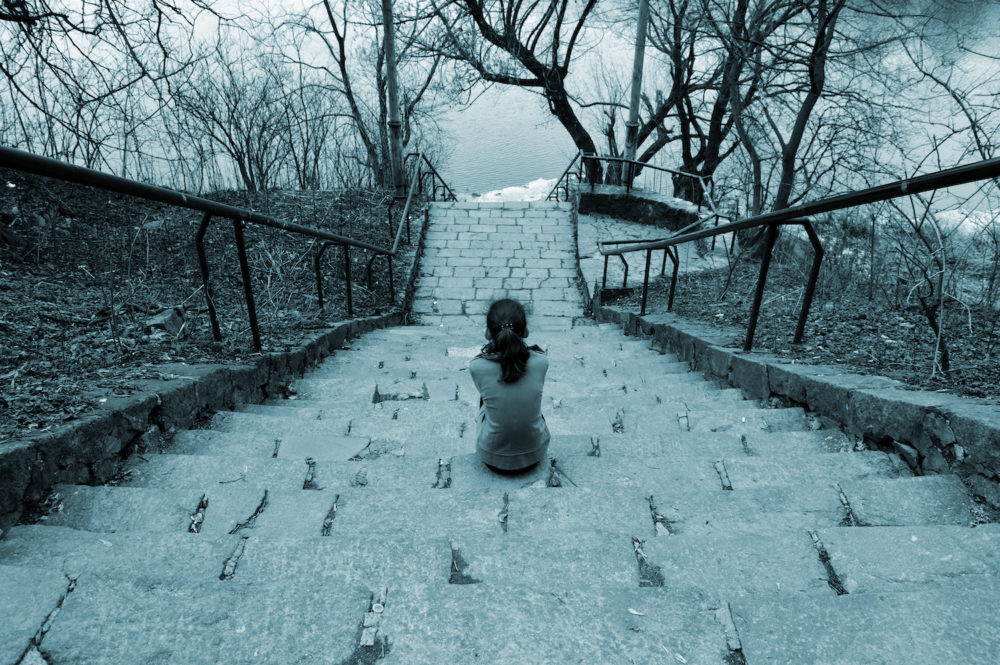 Homeless students in the United States have been called the "invisible million," but as their ranks have steadily increased, that label has unfortunately become obsolete. They're still invisible, but, according to new federal data released by the National Center for Homeless Education, the number of enrolled students who have experienced homelessness at some point during the last three school years has increased to more than 1.5 million.
Homeless students in the United States have been called the "invisible million," but as their ranks have steadily increased, that label has unfortunately become obsolete. They're still invisible, but, according to new federal data released by the National Center for Homeless Education, the number of enrolled students who have experienced homelessness at some point during the last three school years has increased to more than 1.5 million.
As defined by the McKinney-Vento Act, a homeless student is an individual who lacks a "fixed, regular, and adequate nighttime residence." This includes students who are sharing accommodations, staying at hotels or sleeping in any public space.
From 2016-17 to 2017-18 alone, the number of homeless students jumped by 15%. The greatest increases were for students in upper grades. 1st grade students identified as homeless increased by 5 percent, slightly less than 7 percent reported for second graders. Homeless students in grades five, six, eleven, and twelve all increased by 20-23 percent.
Sixteen states reported growth in their homeless student populations of 10 percent or more during the three-year period. Only five states saw comparable decreases during that time.
Sixteen states reported growth in their identified homeless student populations of 10 percent or more; eight states experienced growth in the homeless student population of 20 percent or more. In contrast, only five states reported a reduction of 10 percent or more. Of the five states, only two reported a decrease in the number of homeless students identified by public schools for two consecutive years.
The federal report also found:
- 74 percent of students experiencing homelessness shared housing with others - often called "doubling up" and usually results from loss of housing or another economic hardship. Twelve percent of homeless students resided in shelters. Seven percent resided in hotels or motels, and 7 percent were categorized as unsheltered. The number of students in unsheltered situations at the time they were first identified increased by 137 percent. Homeless students living in hotels or motels increased by 24 percent while students in doubled-up situations increased by 13 percent. The only subgroup that decreased was students staying in shelters (2 percent).
- One of the largest increases was among English language learners - 30 percent increase between 2015 and 2018. While these students make up only 10 percent of the total student population, they are 17 percent of the homeless student population.
- Homeless students with a disability increased by 15 percent. Thirty-one states reported that at least 20 percent of their homeless students had a disability.
- Approximately 29 percent of homeless students achieved academic proficiency in reading/language arts. Twenty-four percent of the students achieved proficiency in mathematics, while 26 percent achieved proficiency in science.
The data from the National Center for Homeless Education employs a much more inclusive and, educators would likely agree, more accurate picture of the homeless student population in the United States.
A few months ago, the Department of Housing and Urban Development (HUD) released figures that found a decrease in the homeless population. This finding has been challenged by a number of organizations, including SchoolHouse Connection, who cited not only inherent flaws in the data but also pointed to the work and testimony of individuals on the ground in school districts who work directly with homeless families. "These educators and providers confront a very different reality," said Barbara Duffield, Executive Director of Schoolhouse Connection.
In Billings, Montana, the school district has identified 313 homeless students since the beginning of the 2019-20 school year. Last year's total was around 500. As district homeless liaison Sue Runkle told NEA Today in April 2019, "Anyone can be homeless. They’re invisible. Students and their families are living in shelters, motels, or doubling up with other families. Many people don’t get that they're still homeless.” The number of homeless students in Montana has increased 32% since 2015-16.
"Schools and communities need to know who is experiencing homelessness in order to help them succeed ," said Duffield. "And policymakers at all levels must prioritize action to support these invisible and often over-looked students".






